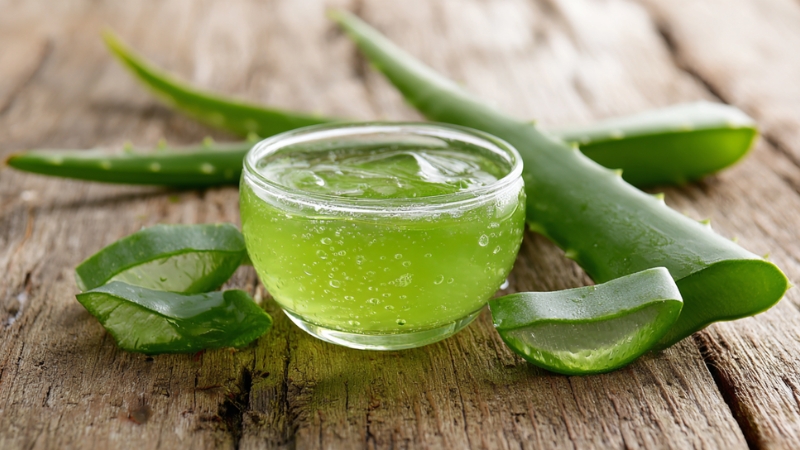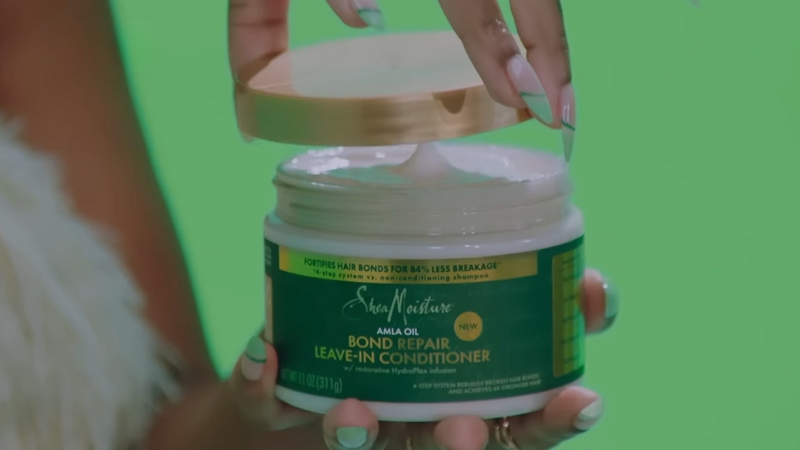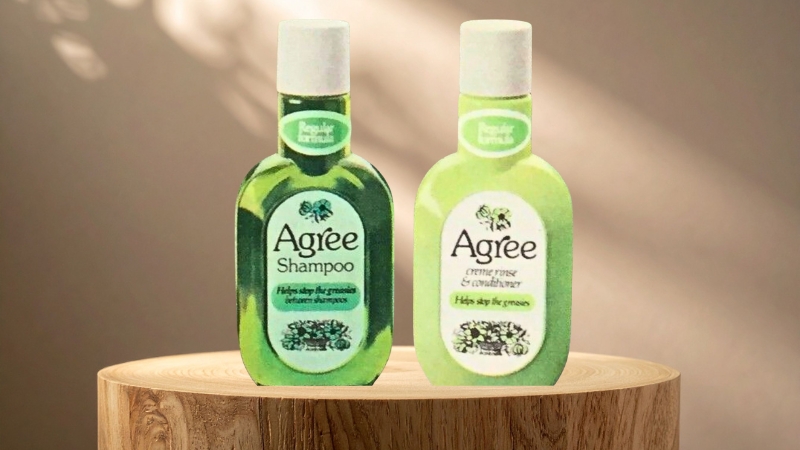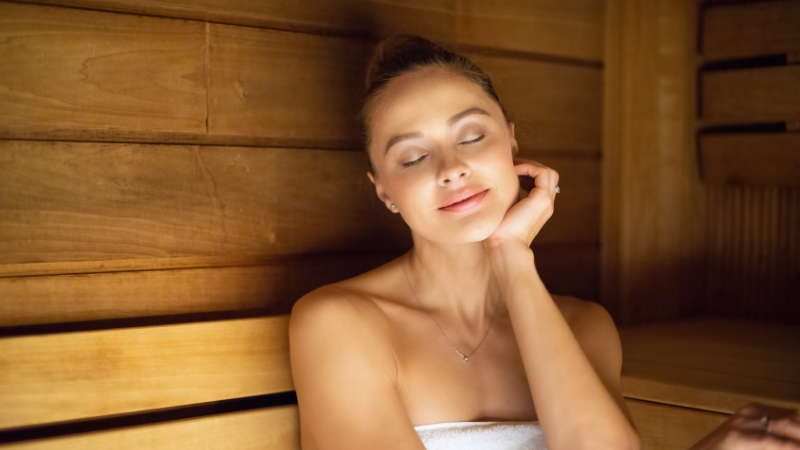
Share Post:
You just walked out of the spa, skin glowing, pores looking unusually well-behaved, and then you see the sauna. Warm wood, that dry enveloping heat, maybe even the hiss of steam. The temptation is real.
But should you actually step inside right after a facial? Short answer: usually not. Longer answer: it depends on what kind of facial you had, how your skin responds, and how much you care about protecting the results you just paid for.
The truth is that heat, sweat, and steam can be wonderful tools for relaxation and even long-term skin health. But freshly treated skin is a little like fresh paint: still settling, still vulnerable, and not quite ready for stress.
Here’s an in-depth look at when the sauna is safe, when to wait, and how to make the most of both your spa treatment and your sauna time.
Key Points
Why Post-Facial Skin Reacts Differently
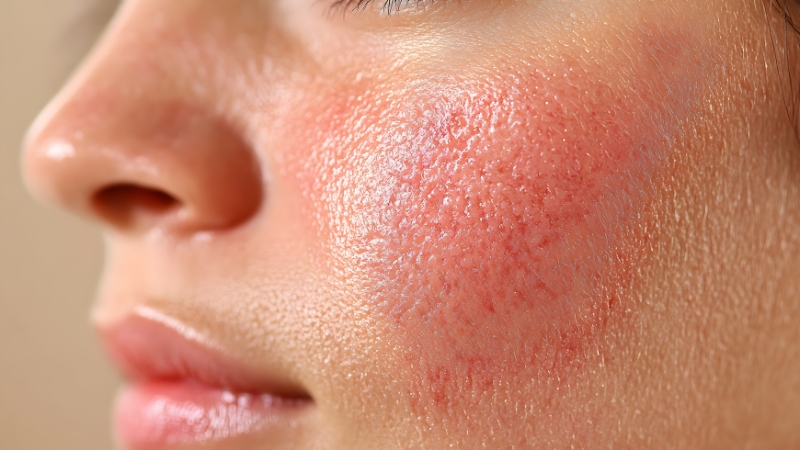
Facials are designed to cleanse, exfoliate, hydrate, and sometimes push the skin a little beyond its comfort zone for the sake of better texture and glow later. Even the gentlest ones temporarily change how your skin behaves.
- Steam opens follicles and loosens debris.
- Exfoliation removes dead cells, whether with enzymes, acids, or mechanical devices.
- Barrier permeability increases, which is great for serum absorption but leaves skin more exposed to outside stressors.
Heat ramps everything up: circulation, sweating, and inflammation. That’s why aestheticians and dermatologists typically recommend staying away from hot rooms, saunas, and tough workouts for at least 24 hours.
The American Academy of Dermatology notes that heat can aggravate sensitive conditions like rosacea and eczema, while Harvard Health points out that dry saunas raise skin temperature quickly to about 40 °C, pulse rate by 30 percent, and trigger heavy sweating.
Heat and Common Skin Conditions
Certain skin types and conditions have a harder time coping with heat, especially post-facial.
How Long Should You Wait?
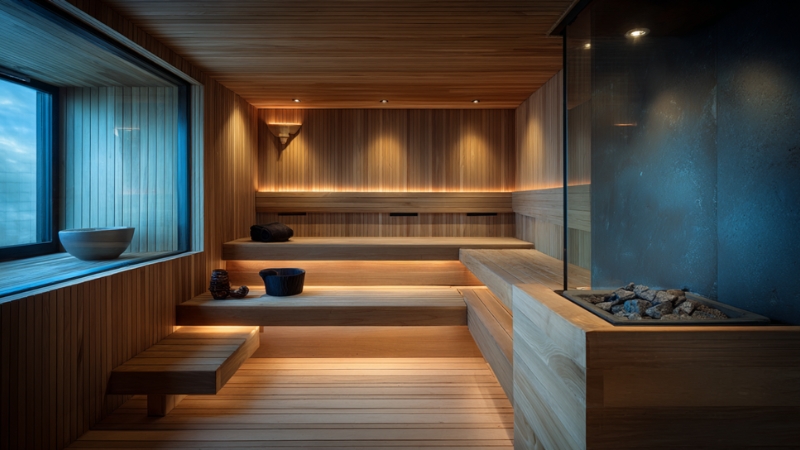
Quick-Look Waiting Times Before Sauna or Steam
| Treatment type | What it does | Typical waiting time | Why the wait matters |
| Classic spa facial (cleanse, gentle exfoliation, mask, massage) | Mild exfoliation and hydration | At least 24 hours | Skin is already steamed and exfoliated; heat can increase redness or breakouts. |
| HydraFacial | Vacuum-assisted cleansing, light acids, serum infusion | 24–48 hours | Heat and sweat can irritate fresh skin and trigger redness. |
| Microdermabrasion | Mechanical exfoliation of surface skin | 24–48 hours, sometimes up to 72 | Barrier is thinned; heat slows recovery. |
| Enzyme or light chemical peel | Chemical exfoliation | 48 hours to 7 days | Heat raises inflammation and pigment risk post-peel. |
| Medium chemical peel (TCA, Jessner) | Deeper controlled injury | ~7 days or per provider | Stronger injury requires full healing time. |
| Microneedling | Creates micro-channels in skin | 3–7 days | Heat and sweat irritate open micro-channels. |
| Extractions add-on | Opens follicles, sometimes leaves pinpoint wounds | At least 24 hours | Heat and sweat can sting or irritate openings. |
Always default to your provider’s written aftercare. Individual sensitivity matters more than generic advice.
What the Science Actually Says
Research regarding sauna use found evidence that frequent sauna bathing can improve skin hydration, pH balance, and barrier recovery.
A separate controlled study suggested that with regular use, sauna might even speed up how quickly the skin restores itself after water loss.
So, sauna is not inherently harmful to the skin. The catch: those benefits show up when the skin barrier is already intact. Directly after a facial, especially chemical peels or microneedling, your barrier isn’t in top shape. Timing is everything.
Risks of Going In Too Soon
If you hop into the sauna right after a facial, here’s what you’re risking:
- Redness and irritation: Freshly exfoliated skin reacts strongly to heat.
- Broken capillaries: Some dermatologists warn that extra heat on steamed skin can make fragile vessels more visible.
- Rosacea flare-ups: Hot environments are a universal trigger.
- Hyperpigmentation: Post-peel, heat can raise the risk of dark spots developing.
- Breakouts: Sweat mixed with sebum can clog pores on vulnerable skin.
Does Sauna Type Make a Difference?
According to Harvard Health, not really. The method changes, but the risk window stays the same.
Evidence-Based Recommendations by Facial Type
Not every facial leaves your skin in the same state, so the waiting game before stepping into a sauna changes. Here’s a clear breakdown.
After a Classic Spa Facial
- Wait: 24 hours
- Why: Steam and light exfoliation leave your skin extra sensitive.
- Instead: Hydrate, moisturize, SPF if outdoors.
After a HydraFacial
- Wait: 24–48 hours
- Why: Acids and suction can irritate under heat.
- Instead: Stick with fragrance-free moisturizers and gentle cleansing.
After Microdermabrasion
- Wait: 24–72 hours
- Why: Surface layer thinned; barrier is fragile.
- Instead: Avoid scrubs, retinoids, or acids until recovery.
After Enzyme or Light Peel
- Wait: Minimum 48 hours, often longer
- Why: Heat raises inflammation and pigmentation risk.
- Instead: Stay cool, wear sunscreen religiously.
After Medium Peel
- Wait: ~7 days or as directed
- Why: Controlled injury needs full healing.
- Instead: Treat skin like it’s post-surgery: gentle cleansing, heavy moisturizing, strict sun protection.
After Microneedling
- Wait: 3–7 days
- Why: Micro-channels need to close. Heat slows healing.
- Instead: Hydrating serums without actives, SPF, and no sweat-heavy workouts.
If You Have a Spa Day Booked
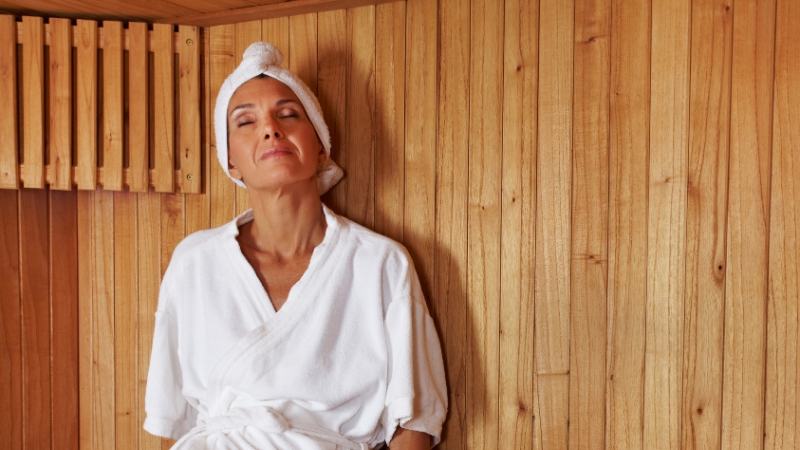
Want both the sauna and the facial in one day? Easy fix: switch the order. Use the sauna, steam, and hot pools first, shower, then do the facial.
Many spa professionals recommend this approach since you’ll get the relaxation benefits without undoing your skincare treatment.
How to Reintroduce Sauna Safely
Once your waiting period is over, here’s how to step back in without issues:
Special Situations Worth Noting
- Medium to deep skin tones post-peel: Higher risk of hyperpigmentation. Stay extra cautious with heat.
- Heart conditions or low blood pressure: Harvard Health advises moderation with sauna, regardless of facials. Always hydrate and avoid alcohol.
- Chronic conditions like rosacea or eczema: Err on the side of caution. Sauna may be better on days you haven’t had treatments.
Practical Mini-Scripts
- Standard facial yesterday: Skip sauna today, moisturize, SPF. Try the sauna tomorrow.
- HydraFacial today: No sauna for 24–48 hours. Resume gently.
- Chemical peel this week: Stay cool for 2–7 days, depending on depth.
- Microneedling yesterday: No heat or sweat for 3–7 days.
FAQs
Summary
@drsomjiskin Did you know that prolonged saunas can age your skin? Let’s discuss how to enjoy saunas safely. #SaunaRisks #SkinAgeing #SkinCareTips #HealthySkin #SaunaSafety #SkinProtection #AntiAgeing #SkinHealth #WellnessTips ♬ original sound – DrSomjiSkin
Saunas are not the enemy of good skin. In fact, regular sessions may support hydration and circulation in the long run. But right after a facial, they’re usually a bad idea.
Wait at least 24 hours after a basic facial, two days or more after peels or device treatments, and about a week after medium-strength peels.
If you respect the waiting periods, hydrate well, and reintroduce sauna gradually, you can keep both your spa results and your relaxation habit intact. The bottom line? Timing makes all the difference.
Related Posts:
- Is Dabur Gulabari Rose Water Safe for Culinary Use?
- Hot Tub vs Sauna: Which One is Right for You?
- Burning Sensation After Applying Moisturizer? Find Out Why
- We Tested 15 Drugstore Facial Cleansers - These 5…
- 5 Best Facial Oils for Mature Skin – Top Picks for…
- How Heavy Is a Hot Tub and Is It Safe to Move Alone?



